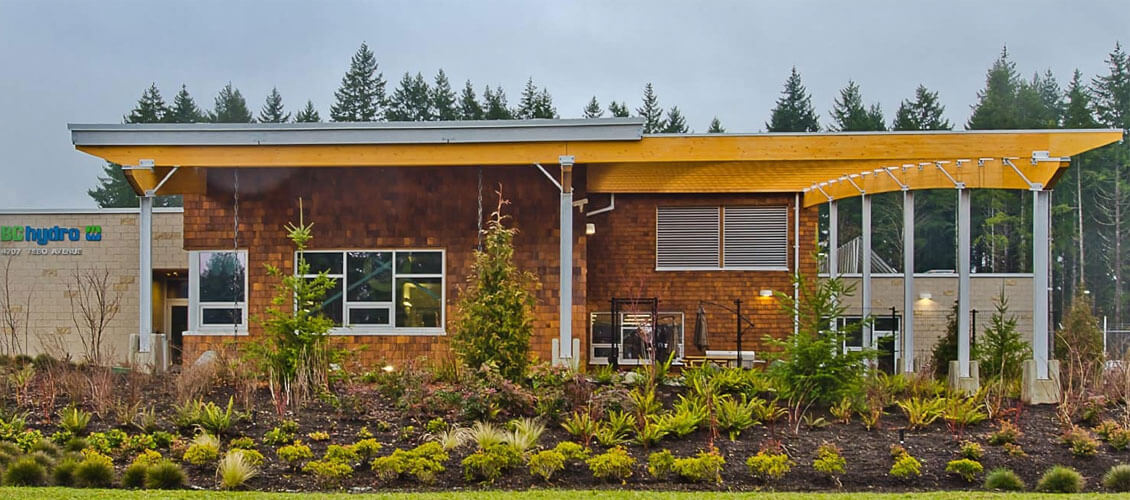
How to Prevent Your Cedar Exteriors From Warping
Cedar is one of the most versatile and eco-friendly building materials. It is used in everything from boats to walls and is known for its natural resistance to rot. Cedar is a great material option for outdoor structures and is often used in building homes in the western United States. However, it can also warp. So, to prevent this, this article will give you a few tips on caring for your cedar exteriors to keep them from warping.
What is Wood Warping?
Wood warping is the process of wood being gradually stretched by wood movement and shrinkage. This process is caused by the wood’s natural moisture content and the climate in which it’s grown. Changes in pressure, humidity, and temperature will affect the wood. A high level of humidity, a lack of oxygen, or changes in the moisture content of the wood can also cause warping. Although warping can occur at any point in a tree’s life cycle, it typically occurs when the tree is in the growing stage. Warping often brings on construction industry issues like cracks in walls, foundations, and beams. Furniture and other wooden products may also experience issues as a result.
Wood Species and Warping
The wood species are typically categorized by their properties and physical characteristics. For example, hardwoods are characterized by their density and rigidity, whereas softwoods are commonly used for plywood. However, some types of wood are more reliable than others and are less likely to warp or break. The succeeding species have a reputation for having low warping susceptibility.
· Redwood
Redwood is a type of wood known to be relatively resistant to warping. It is a popular choice of wood for furniture and flooring. It is also a popular choice of wood for artists, who use it to make paintings, sculptures, and other artworks.
· Cedar Wood
Cedar is a type of wood known to be relatively resistant to warping. Cedar is renowned for its resilience, as well as for keeping out moisture and insects. Cabinets, furniture, and building construction all frequently use cedar. Cedar is also a component of cedar shakes and shingles.
· Fir
Fir is the most common type of wood used in the construction of houses because it is strong, lightweight, and easy to use. In addition, it is also relatively inexpensive. Fir can withstand changes in temperature, dryness, and moisture. The strength of fir is because it has a high amount of resin in its wood fibers. The wood’s natural resins help resist decay and rot, which is why it is so common in construction.
Ways to Prevent Your Cedar Exteriors From Warping
The outdoors of your home is one of the most important things you can have. It is important to ensure that your cedar exterior does not warp, which can happen if exposed to cold temperatures, rain, or snow. There are a few ways to prevent your cedar from warping.
· Wood Should be Properly Dried or Cured to Avoid Warping.
Wood is a naturally occurring material that tends to warp over time. Warping can occur when the moisture content of the wood is too high or too low. To prevent warping, it is necessary to dry the wood properly. Drying the wood by keeping it out of direct sunlight and in a dry location for at least two weeks will allow the moisture content to be reduced enough for warping to be avoided. Drying the wood in a kiln will speed up the process and produce better-quality wood.
· During an inspection, check for warping and moisture content.
When inspecting a piece of wood, one must first determine the moisture content to ensure that the wood is not warped. The moisture content of wood is determined using a moisture meter and other materials to determine if they are still wet or have dried out. The moisture content of wood is typically between 20% and 80%. The likelihood of the wood warping when it dries out decreases with decreasing moisture content. There are two main methods for monitoring the moisture content of the wood:
- To determine the moisture content, use a moisture meter.
- Inspect the wood for signs of warping.
Moisture meters can be bought at home improvement stores and are typically used by professionals to inspect lumber before it is shipped.
How To Check For Wood Warping
Natural materials like wood can warp. If you find that your wood has warped, it is important to take the necessary steps to straighten it out. First, you should ensure that the wood is dry, so any moisture from the wood will evaporate. Next, check with a straight edge for the most visible signs of warping. You can use a ruler or measuring tape to see if the wood is warped in a certain direction. Do not delay contacting an expert if you have other questions about fixing warping in your wood.
Furthermore, to check for warping, place your hand flat on the floor where the warped wood is and lift it quickly. You have good wood if you feel a firm, hard surface underneath your hand. If you feel soft or spongy, you must replace that floor area.
In conclusion, wood warping changes the shape of the wood. This process usually occurs when the wood is exposed to extreme heat or cold and causes the wood to shrink or swell. It is an organic process in trees, especially when the tree is exposed to changes in temperature and moisture levels.
Contact us at Longhouse Cedar for your quality custom-cut forest products.
